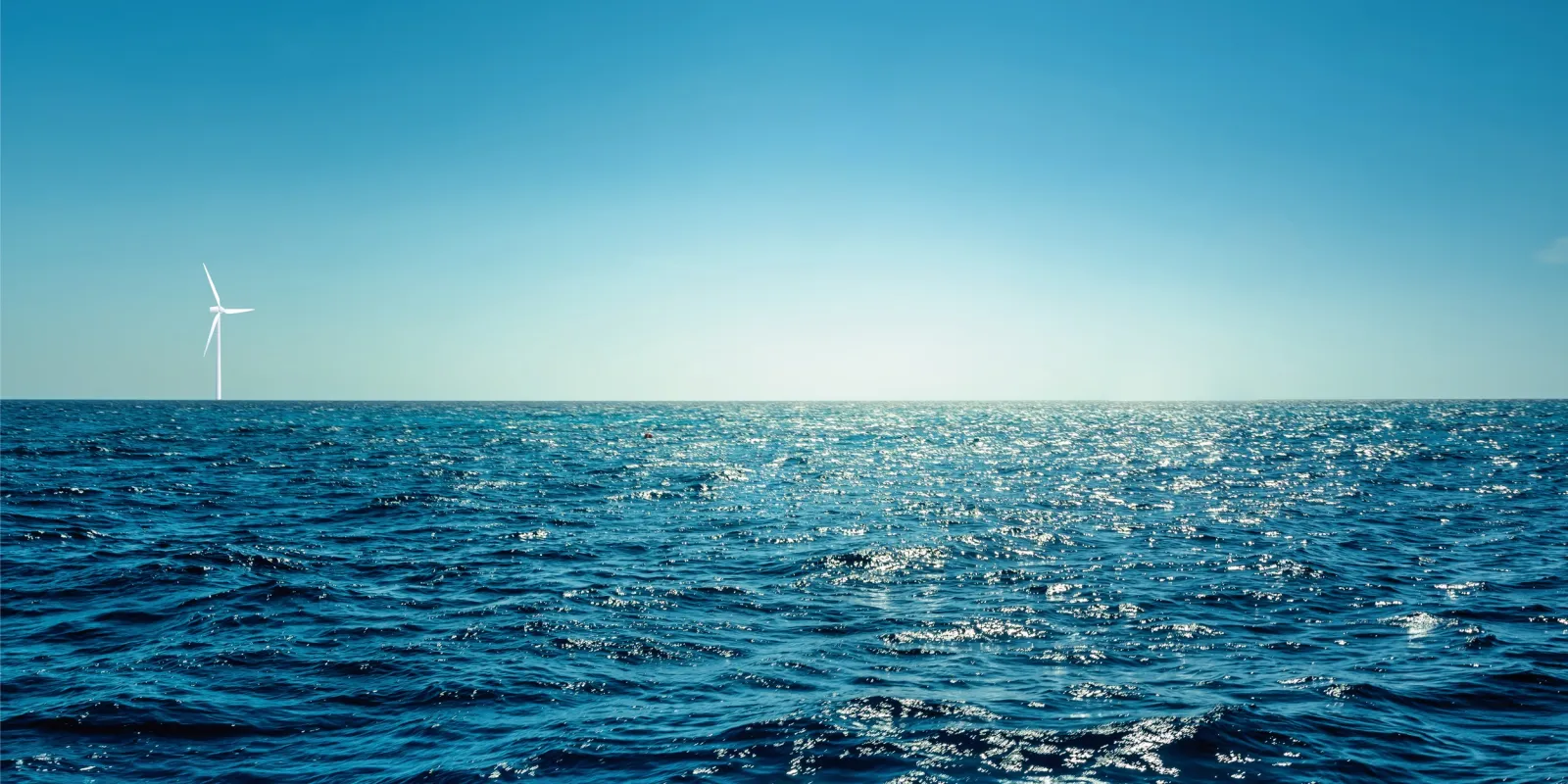
US offshore wind could provide 133 gigawatts (GW) of power by 2050, but that potential is going to be impacted by a broad spectrum of factors, according to a new study.
Researchers with the US Department of Energy’s National Renewable Energy Laboratory (NREL) felt that the current role of offshore wind power in the US has been understudied, so they modeled US offshore wind deployment in “new depth and detail.”
They found in their analysis, “Expanded modeling scenarios to understand the role of offshore wind in decarbonizing the United States,” which is published in the journal Nature Energy, that offshore wind could generate as much as 8% of US electricity by 2050. However, that deployment could vary considerably. Depending on how a variety of factors evolve over the coming decades, they predict that it could be anything from 31 to 256 GW.
The authors used a capacity expansion model – and note in the abstract that “modeling limitations are widely acknowledged” – and found that high levels of offshore wind deployment are most likely to happen in situations where there’s a combination of strict decarbonization policies, low technology costs, fewer siting options for onshore renewables, and limited interregional transmission.
For example, the study’s core scenario considers strict zoning regulations for onshore wind and solar panels that, as a result, expand offshore wind’s market potential.
“We represent siting, energy supply, and transmission at a high spatial and temporal resolution,” said lead author Philipp Beiter, “which allows us to explore a range of decarbonization pathways and offshore wind’s future role.”
By taking into consideration a broad spectrum of factors, the researchers were able to more fully consider the growing number and severity of trade-offs that arise with decarbonization scenarios. The results illustrate how limitations affect deployment and could lead to different conclusions.
In many of the scenarios studied, offshore wind deployment is limited to the level defined by current state commitments, with solar and onshore wind meeting most new electricity demand through 2050. The amount of energy from nuclear, hydropower, and fossil fuels is relatively constant across the scenarios, with fossil-fuel generation limited by an emissions cap unless carbon capture and sequestration technology is actually available and economically viable.
Under the study’s core scenario with high load growth and electrification, offshore wind accounts for 133 GW by 2050. By comparison, installed US onshore wind farms today total about 141 GW and produce 10% of the country’s electricity.
Co-author Trieu Mai said, “For newer generation sources like offshore wind, it is particularly important to identify the types of conditions when they may be viable in different parts of the country.”
There are only two small offshore wind farms currently in operation in the US. The 800 MW Vineyard Wind off the Massachusetts coast, the country’s first commercial-scale offshore wind farm, is expected to come online by the end of this year.
The researchers noted that the high uncertainty about future decarbonization pathways also raises the need for greater coordination between local, state, and federal authorities in the power sector and offshore wind infrastructure planning.
“Our study highlights several limitations that – if not addressed – can yield starkly different futures for US offshore wind,” Beiter said. “That said, many inherent limitations of energy system modeling remain and require careful interpretation and presentation.”
Read more: The US approves Revolution Wind, its fourth major offshore wind farm
Photo: Vineyard Wind 1
To limit power outages and make your home more resilient, consider going solar with a battery storage system. In order to find a trusted, reliable solar installer near you that offers competitive pricing, check out EnergySage, a free service that makes it easy for you to go solar. They have hundreds of pre-vetted solar installers competing for your business, ensuring you get high-quality solutions and save 20-30% compared to going it alone. Plus, it’s free to use, and you won’t get sales calls until you select an installer and share your phone number with them.
Your personalized solar quotes are easy to compare online, and you’ll get access to unbiased Energy Advisers to help you every step of the way. Get started here.
FTC: We use income earning auto affiliate links. More.




Comments